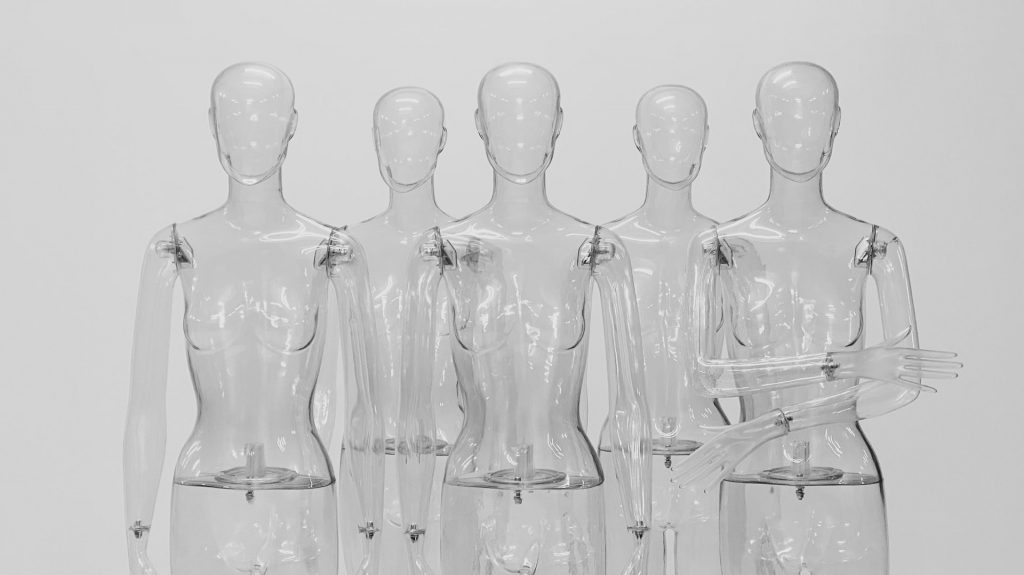Radical transparency – The good, the bad, the ugly
What would it be like to work in an environment where you knew everything? When I say everything, I mean everything! Having access to not only your performance review but those of your colleagues, being able to see everyone’s salary and paychecks, being able to see the company’s sales, failures, and successes, and meeting minutes from even the top executives? This may sound like a foreign idea to most, but this is radical transparency, and it is revolutionising working environments across the globe!
Radical transparency has the potential to dramatically impact your business and deliver results you've only dreamed about. The phrase was coined by the billionaire founder of Bridgewater, Ray Dalio as he amassed his $17 billion personal fortune. He desired strong leadership, where disagreement was encouraged to test ideas, where independent thinkers were given the freedom to explore their ideas. It worked. Bridgewater now manages over $160 Billion in assets, however, with the upside of radical transparency, comes a significant downside if the culture is poorly managed and understood.
How does it work?
Transparency is important in any working environment! Multiple studies show transparency builds trust and trust increases employee satisfaction and productivity levels, which not only benefits the employee, but it creates increased work ethic and potential revenue for the company. So, there is a level of transparency that every working environment needs to cultivate success. But radical transparency is transparency on a whole new level!
Radical transparency is going into your working environment and knowing everything about the company, how it is performing and how others are performing. Knowing that you can access information that many companies make inaccessible for their employees for numerous reasons. Let's go back to Ray Dalio. He was receiving feedback from his employees that his mannerisms and criticisms were too harsh and harmed employee productivity and happiness.
To resolve the harm that he was causing to his employees through his straightforward truthfulness, he began to meet with every employee individually. During the one on one, he would ask the employee how they should be with each other. Are they going to tell each other exactly what they think, or would that harm their feeling of worth in the company? Through doing this, Dalio then created a culture of “thoughtful disagreement”, where people could suggest and rebut controversial ideas without causing issues within the company, because of the pre-established culture of radical transparency. Let’s have a look at what radical transparency has done in companies that have made it part of their working culture!
The upside of radical transparency
You couldn't dispute that, at face value, radical transparency benefits the people that work in a company and therefore, the company itself. The first benefit is that everyone understands what people are doing! Instead of having ambiguous titles that don’t give any clue to what someone does, people know what their colleagues do in their role. This doesn’t just help everyone understand what others are doing, it can increase work ethic because others are aware of what they should be doing in their role. This also creates a sense of cohesion instead of a hierarchy, which is important for employees’ sense of value within the company.
Another benefit is that things are public! Goals that the company is reaching for and the problems standing in their way are all accessible to employees! There is no hiding here! So, it is essential that a company is completely ready to become radically transparent, otherwise, it no longer feels like a benefit, but a threat to the leadership. When information is public, each employee feels a deeper sense of purpose to their job as they know they have a significant role in being a part of the solution, and everyone is aligned in direction and purpose. This is powerful for any company!
Another benefit of radical transparency is that finances can be seen by everyone. Not only what the company is making, but what it is spending, what the projected numbers are and where the biggest expenses are. This information is a powerful tool to build a sense of inclusion and value within the company. When employees feel valued, they will perform better! Having financial information public can also create a sense of ownership for the employees, increasing the drive to work harder because they see that their role is crucial to the numbers. While numbers should not always be the driver for people, it is a good start!
Will radical transparency work for you?

Radical transparency is not for everyone and may not fit every company structure, but how do you know if it will work for you? Well, it starts at the top! It is the same as any working culture, those at the top set the culture and the environment for those working for the company. The company’s top executives must embrace the idea and understand the weight of change they are bringing into the company. It is also essential that the leaders are prepared for the same honest feedback, both good and bad, by those in the company. Leaders who aren’t ready to accept constructive feedback, aren’t ready for radical transparency, because feedback and honesty are what this idea thrives on!
Remember that your radical transparency doesn’t have to be achieved in one day! The changes can occur slowly, and this may assist in the employees becoming more accustomed to the ideas and changes being implemented. Company culture takes a long time to build, so it will take a long time to fully transform and change. Start with one aspect of the company, for example, sales numbers, and make them freely accessible to employees. Once the change has been implemented and people have had time to acclimatise to it, choose another aspect to become transparent as well.
The simplest place to start is a quick debrief. Sit your immediate team down, find three key goals and have an honest discussion about where you are with them right now. The goal here is to find actions you can take forward, to deliver a small win and demonstrate that transparency can deliver great results.
As openness is cultivated, people start to expect openness. It is no longer a shock, but an expectation and something that is driving the company forward, rather than holding employees back! The goal of radical transparency is exactly that, people feeling comfortable with sharing their ideas and their feedback, knowing the information is valued, taken on board, and considered, rather than them being resented for speaking their mind. This is a goal every company should have, and radical transparency is one way it can be achieved, but not the only way!
What's next?
Here we have laid out what benefits radical transparency can bring to the company’s environment and culture, but like anything, there are two sides to the story. So, the next article will be highlighting some of the potential cons of radical transparency and how to avoid them if you’re wanting to implement this company structure into your own!
References
Carson College of Business. (n.d.). What is radical transparency? Carson College of Business. https://onlinemba.wsu.edu/blog/what-is-radical-transparency/
Montag, A. (2017). Billionaire Ray Dalio: Bridgewater’s radically transparent culture evolved from ‘painful mistakes’. CNBC. https://www.cnbc.com/2017/09/12/bridgewaters-ray-dalio-the-leadership-strategy-behind-my-success.html
Powell, M. (2019). Is ‘Radical Transparency’ the Way to Go? CFO. https://www.cfo.com/workplace-issues/2019/10/is-radical-transparency-the-way-to-go/


